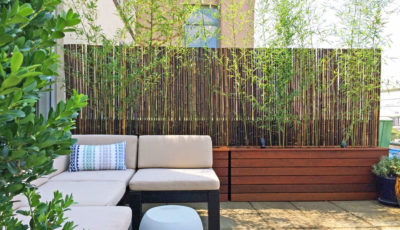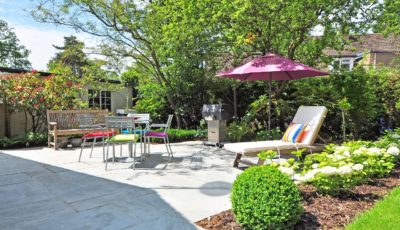How to Turn Your Garden into Wimbledon
You have probably thought long and hard which feature to include in your garden or backyard that would really set it apart from other similar spaces. Or perhaps you want to do something good for the local community; something related to sports? Well, think no further, as a tennis court like the one on Wimbledon is the best (and cheapest) option to go. Tennis is a sport that can be enjoyed by those who like to play alone, as individuals, as well as those who like to team up and play a collective sport. One thing is for certain, if you decide to build a tennis court, crowds of locals will gather for each match. Before you set about building the court, you have to consider things such as the type of the surface, maintenance requirements and lighting, to name a few for starters.
Size of the garden
Before commencing the tennis court project, you need to measure the size of your yard to see if the court will actually fit. Don’t use the standard dimensions of a tennis court as the milestone but rather allow for some extra room on all four sides. Behind the baseline, there should be three meters of extra space, while two meters are sufficient on the sides of the court. Once you determine that the yard is large enough, you can turn your attention to selecting the right surface.

Choosing the right surface
By far, the most important choice you are going to have to make is the selection of the surface. There are numerous types of surfaces that can be broken down to three main ones: grass, clay, and synthetic, i.e. concrete. Each of these surfaces has its ups and downs, so grassy surfaces are ideal for a slower game of tennis as the balls doesn’t bounce as much as on the other two. Clay accounts for moderate ball speed, while synthetic surfaces are the fastest. Also, when it comes to the installation of the surface, grass once more has the upper hand because you can use the existing green grass if it’s in a solid enough condition.
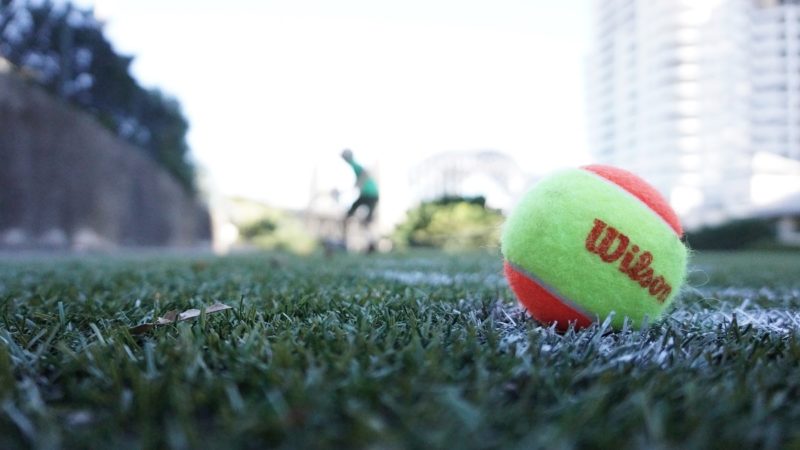
The final decision is going to depend on the ultimate purpose of building the tennis court in the first place but some unwritten laws state that it shouldn’t differ too much from the surfaces found locally. Also, keep in mind the surfaces local tournaments are played on, as you want to prepare for them as best as possible. A sleek blue surface as seen on US Open might seem appealing at first but if you compete in a league where grass is dominant, then go for a grassy surface; it’s just common sense.
Strong lights
Installing lighting at your court is not a luxury, as they are not used only during night time. Foggy and cloudy weather also require the lights to go on. These are usually erected on 6-meter poles that are placed in all four corners of the court’s outer edge, inside the fencing. Nowadays, digital LED light, as the one provided by Legacy lighting is growing more popular because it uses 40% less energy than a conventional one. Furthermore, LED lights are operated using a simple app and they turn instantly on.
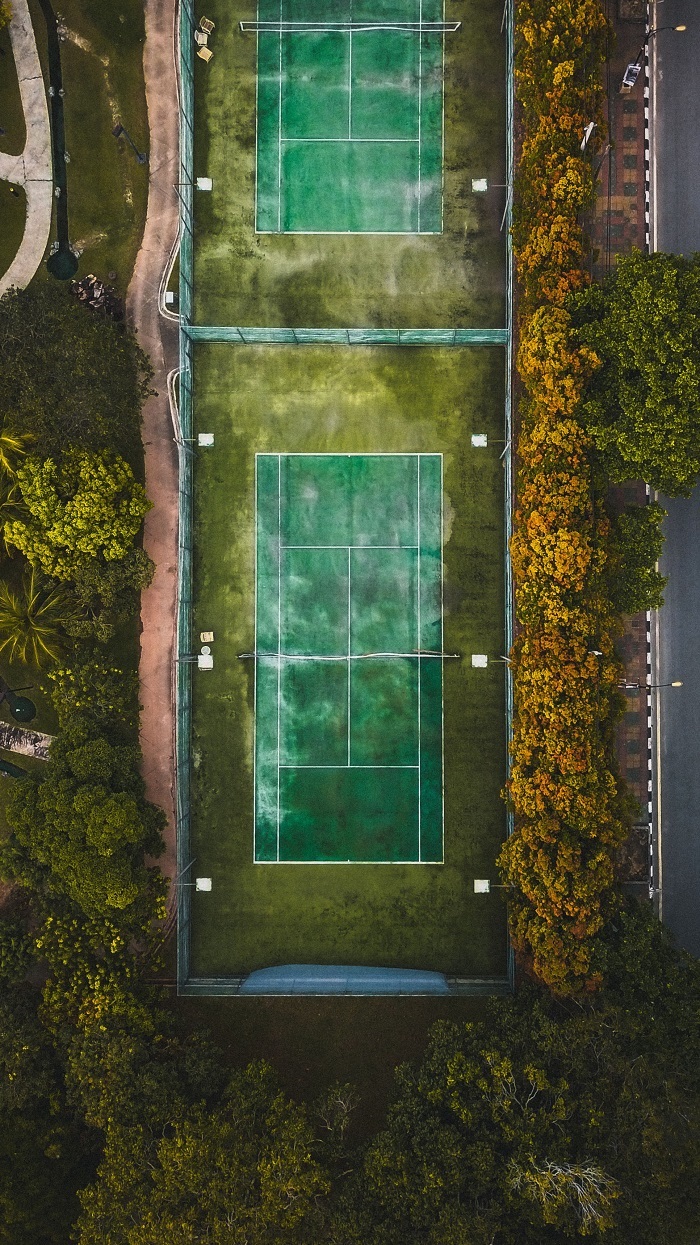
Fencing
In order not to lose every single ball that goes out of bounds, you are going to need some sort of fencing. This item doesn’t have to be costly, as meshed metal fences intended for sports are relatively cheap nowadays. Just make sure they are high enough, as 3.6 meter is the standard height. Also, look for a company that will let you choose the colour of the posts and perhaps of the meshing itself. You want the court to be functional as well as appealing to the eye. If you attract sponsors, then you can hang their banners on the fence.

Drawing the lines
After the court is in place, don’t forget to draw the lines both for singles and doubles. With clay surfaces, durable plastic ribbons they are nailed to the ground, while other surfaces require a simpler method of painting the lines. Just be sure to ask for the special paint that is used for drawing lines at sports venues.
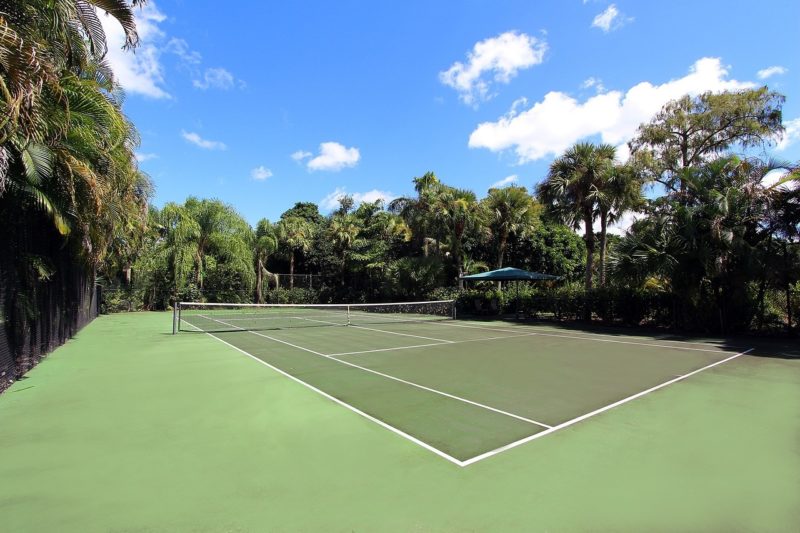
Consider multi-purposing the court
You are making a Wimbledon-worthy tennis court but you still want to consider painting additional lines for other sports. This is a good idea if you are building the court for other people to use, such as your friends or neighbours. Some other sports to consider marking the pitch could be badminton, futsal, netball or volleyball. In essence, all these sports need a net to play and for some, even a modified tennis net could do the trick.
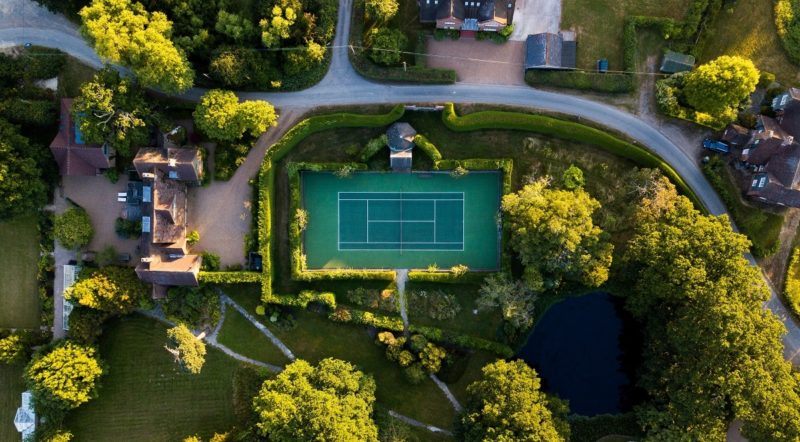
If you are a true tennis fan, then your court is going to have a single purpose: tennis. And if you make a real tennis court, then only one surface comes to mind: grass. Putting your heart and soul into the project will turn the garden into your personal Wimbledon.
Author Bio
Liam Smith is a young and aspiring Australian blogger with a passion for everything related to home, design and lifestyle. He has a B.Sc. in Interior design and is an avid reader. Follow him at Twitter: @LiamSmith2034 and LinkedIn: liamsmith2034


